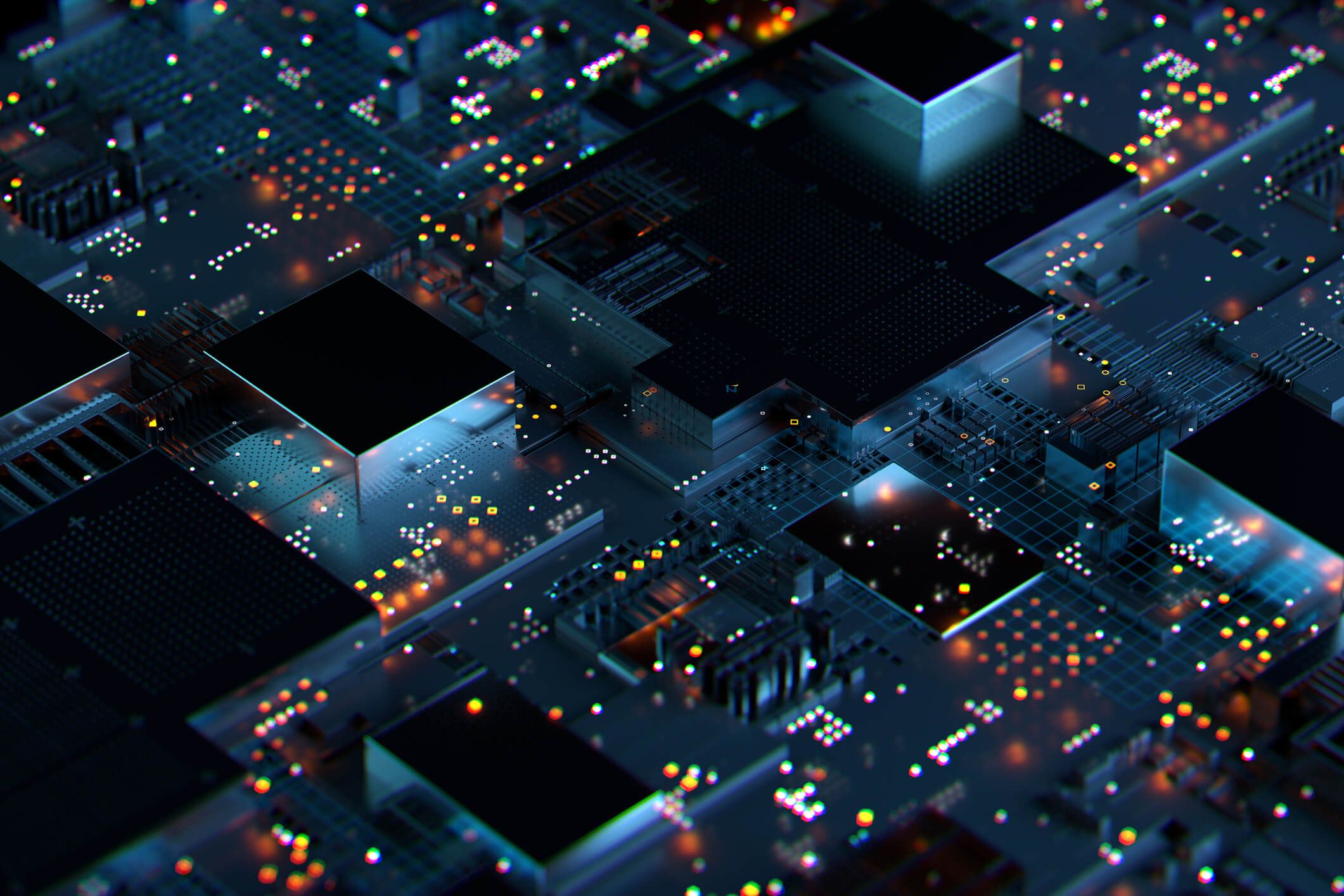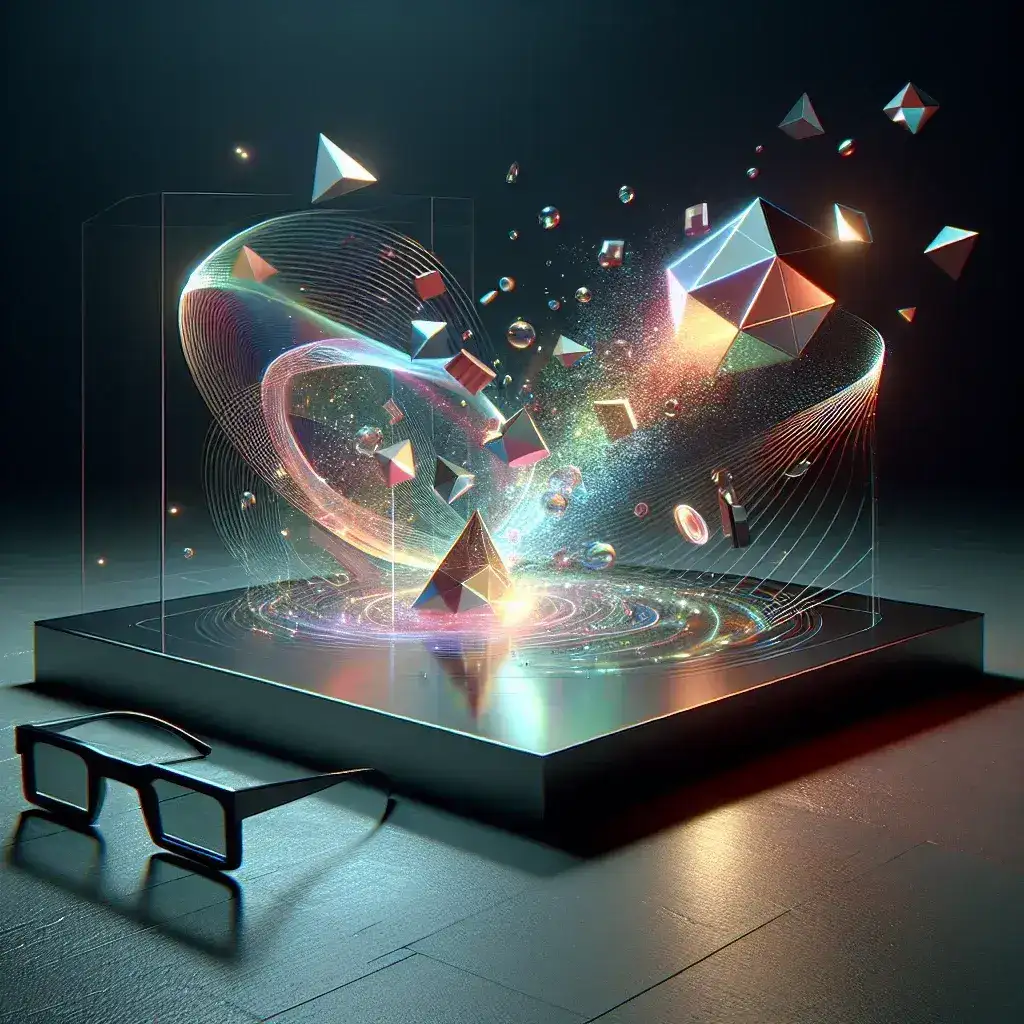Introduction
Imagine walking into a room where 3D images float in mid-air, vivid and interactive, without the need for specialized glasses. This is not the realm of science fiction but rather the exciting reality of holographic display technology. As advancements in this field continue to evolve, the potential applications and implications for industries ranging from entertainment to education are immense.
Understanding Holographic Displays
Holographic displays are systems capable of producing three-dimensional images that can be viewed from different angles, creating an immersive experience. Unlike traditional displays that rely on light emitted from a screen, holographic displays manipulate light waves to create images that appear to float in space.
How Holography Works
The magic of holography lies in its ability to record and reconstruct light waves. The basic principle involves:
- Recording: A laser beam illuminates an object and reflects onto a photographic plate, capturing the light waves and creating a hologram.
- Reconstruction: When the hologram is illuminated by a laser or another coherent light source, it reconstructs the original light waves, creating a 3D image.
Types of Holographic Displays
There are various types of holographic displays, each with unique characteristics:
- Laser-based displays: Use lasers to illuminate the hologram for stunning clarity.
- Electro-holographic displays: Utilize electrical signals to create dynamic images.
- Digital holographic displays: Combine digital cameras with holography for real-time imaging.
The Evolution of Holographic Technology
The concept of holography dates back to the 1940s when physicist Dennis Gabor invented the technique. However, the technology has significantly evolved with advancements in laser technology, computer graphics, and digital imaging.
Historical Milestones
Some key milestones in the development of holographic displays include:
- 1960s: The first laser was developed, paving the way for practical holography.
- 1970s: The invention of the first holographic displays.
- 1990s: Advances in computer graphics led to the creation of digital holography.
- 2010s: The emergence of consumer-grade holographic displays, making the technology more accessible.
Applications of Holographic Displays
The potential applications of holographic displays are vast and varied:
1. Entertainment and Gaming
Holographic displays can revolutionize the gaming industry by creating immersive experiences where players can interact with 3D characters and environments. Imagine playing a game where characters appear to jump out of the screen and interact with the physical world.
2. Education and Training
In educational settings, holographic displays can bring complex concepts to life. For instance, medical students can visualize human anatomy in 3D, enhancing their understanding through interactive learning.
3. Advertising and Marketing
Holographic displays offer unique advertising opportunities, allowing brands to showcase products in three dimensions, captivating potential customers and creating memorable experiences.
4. Design and Prototyping
In fields like architecture and engineering, holographic displays can assist in visualizing designs in real space, enabling designers and clients to see and interact with prototypes before they are built.
Benefits of Holographic Displays
Holographic displays offer numerous benefits:
- Enhanced Engagement: The immersive nature of 3D images captures attention and increases engagement.
- Improved Understanding: Complex subjects become easier to grasp through visualization.
- No Glasses Required: Users can experience the 3D effect without the discomfort of wearing specialized eyewear.
Challenges Facing Holographic Displays
Despite their potential, holographic displays face several challenges that need to be addressed:
- Cost: High-quality holographic displays can be expensive to produce and purchase.
- Viewing Angles: Some holographic displays have limited viewing angles, reducing their effectiveness.
- Content Creation: Developing content that fully utilizes the capabilities of holographic displays can be complex and resource-intensive.
The Future of Holographic Displays
As technology continues to advance, the future of holographic displays looks promising. Emerging innovations may include:
- Increased Accessibility: As production costs decrease, holographic displays will likely become more affordable for consumers.
- Integration with AI: AI-powered holographic displays could lead to more personalized and interactive experiences.
- Advancements in Content Creation: New tools and software will make it easier to create engaging holographic content.
Conclusion
Holographic displays represent a fascinating intersection of technology, creativity, and innovation. As advancements continue to refine this technology, the potential applications and benefits will undoubtedly expand, making holographic displays a significant player in the future of communication, education, and entertainment. Embracing these advancements will lead to new possibilities and experiences that we are only beginning to understand.








Leave a Reply